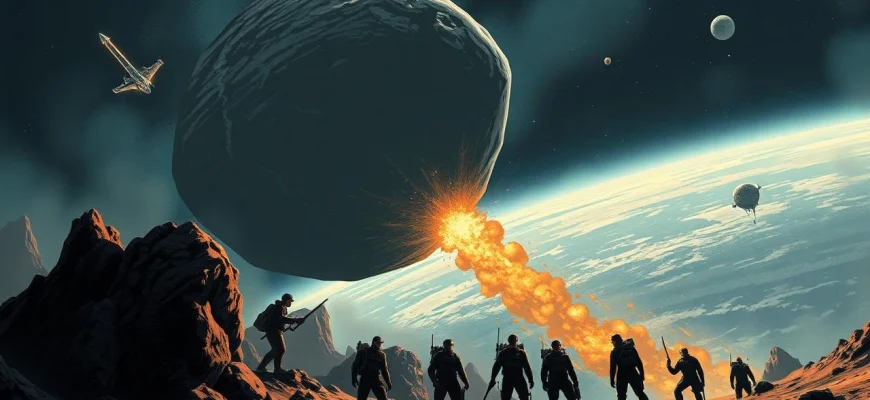If you loved the high-stakes action, emotional depth, and thrilling disaster scenarios of 'Armageddon' (1998), you're in for a treat. This article explores 10 movies and TV shows that capture the same adrenaline-pumping excitement, heroic sacrifices, and world-saving missions. Whether you're a fan of asteroid threats, ensemble casts, or heart-pounding suspense, these picks will keep you on the edge of your seat just like 'Armageddon' did.
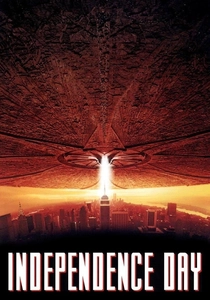
Independence Day (1996)
Description: Both 'Independence Day' and 'Armageddon' are quintessential 90s disaster blockbusters featuring large-scale threats to Earth (aliens vs. asteroids) and a ragtag team of heroes fighting against the odds. They share a mix of action, humor, and patriotic themes, with Will Smith and Bruce Willis delivering charismatic performances.
Fact: 'Independence Day' was the highest-grossing film of
 Watch Now
Watch Now 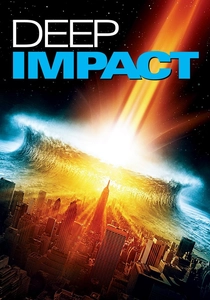
Deep Impact (1998)
Description: Similar to 'Armageddon' in its theme of an impending asteroid collision threatening Earth, 'Deep Impact' also blends disaster, action, and emotional human drama. Both films focus on a team of experts and astronauts attempting to save humanity, with personal stories interwoven to heighten the emotional stakes.
Fact: 'Deep Impact' was released just two months before 'Armageddon', leading to a notable box office rivalry. The film features a more scientifically grounded approach compared to 'Armageddon's' more action-oriented style. It was directed by Mimi Leder, one of the few female directors to helm a major Hollywood disaster film at the time.
 Watch Now
Watch Now 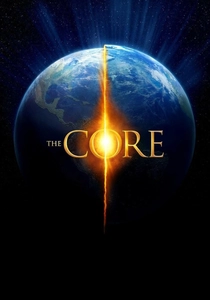
The Core (2003)
Description: Like 'Armageddon', 'The Core' revolves around a team of specialists embarking on a dangerous mission to save the planet—this time by journeying to the Earth's core to restart its rotation. Both films emphasize teamwork, sacrifice, and high-stakes action set against a global catastrophe.
Fact: 'The Core' was criticized for its scientific inaccuracies but praised for its entertainment value. The film features an ensemble cast including Aaron Eckhart and Hilary Swank. It employs a similar mix of humor and tension as 'Armageddon', balancing intense scenarios with lighter moments.
 Watch Now
Watch Now 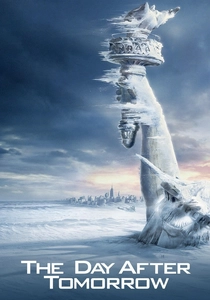
The Day After Tomorrow (2004)
Description: This film, like 'Armageddon', depicts a global catastrophe (climate-induced super storms) and humanity's desperate efforts to survive. Both movies combine spectacular disaster sequences with a human story at their core, emphasizing the importance of family and perseverance.
Fact: The film's depiction of abrupt climate change sparked real-world discussions. It features one of the most memorable scenes of freezing tidal waves hitting New York City. Director Roland Emmerich is known for his environmental themes in disaster films.
 Watch Now
Watch Now 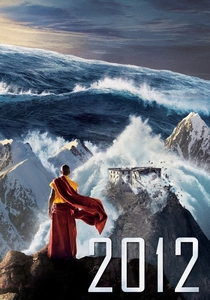
2012 (2009)
Description: This film shares 'Armageddon's' grand scale of global destruction and the race against time to save humanity. Both movies feature spectacular visual effects, mass panic, and a focus on family dynamics amidst chaos, blending disaster spectacle with personal drama.
Fact: '2012' was inspired by the Mayan calendar's supposed prediction of the world ending in 201The film's budget was around $200 million, making it one of the most expensive disaster movies ever made. Director Roland Emmerich is known for his love of disaster epics, having also directed 'Independence Day' and 'The Day After Tomorrow'.
 Watch Now
Watch Now 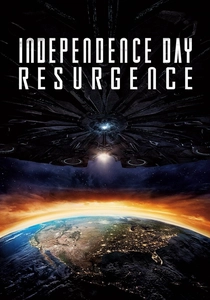
Independence Day: Resurgence (2016)
Description: This sequel to 'Independence Day' continues the theme of global peril and heroic resistance, much like 'Armageddon'. Both films feature high-tech solutions to existential threats and emphasize the resilience of humanity in the face of overwhelming odds.
Fact: The film was released 20 years after the original, with many original cast members returning. It introduces new alien threats and advanced human technology developed from reverse-engineering alien tech. Despite high expectations, it underperformed at the box office compared to its predecessor.
 Watch Now
Watch Now 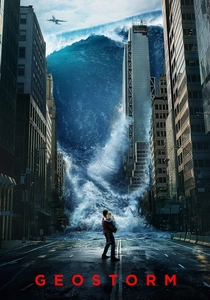
Geostorm (2017)
Description: 'Geostorm' mirrors 'Armageddon' in its premise of a technological solution to a global disaster (climate-controlling satellites malfunctioning). Both films feature a mix of science, action, and political intrigue, with a focus on preventing worldwide destruction.
Fact: The film underwent significant reshoots and delays before release. It was Gerard Butler's second disaster film after 'Greenland'. The concept of weather-control technology is based on real, albeit theoretical, scientific ideas.
 Watch Now
Watch Now 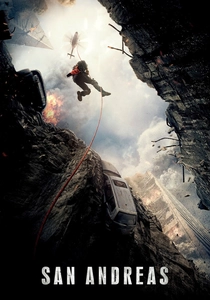
San Andreas (2015)
Description: Similar to 'Armageddon', 'San Andreas' centers on a rescue mission during a massive disaster (earthquakes along the San Andreas Fault). Both films star Dwayne Johnson/Bruce Willis as rugged heroes leading the charge, blending action with personal stakes.
Fact: The film's special effects were praised for their realism. It was inspired by real seismic concerns about the San Andreas Fault. Dwayne Johnson performed many of his own stunts, adding to the film's intensity.
 Watch Now
Watch Now 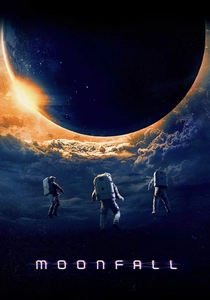
Moonfall (2022)
Description: Like 'Armageddon', 'Moonfall' involves a team attempting to prevent a celestial disaster (the Moon colliding with Earth). Both films combine science fiction, disaster elements, and a sense of adventure, with over-the-top action and visual effects.
Fact: The film was another Roland Emmerich disaster epic, known for its ambitious scope. It features a theory about the Moon being an artificial megastructure, adding a sci-fi twist. Despite mixed reviews, it gained a cult following for its audacious premise.
 Watch Now
Watch Now 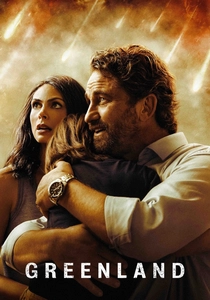
Greenland (2020)
Description: 'Greenland' shares 'Armageddon's' focus on a family's struggle for survival during an apocalyptic event (a comet impact). Both films blend intense action with emotional storytelling, showing ordinary people thrust into extraordinary circumstances.
Fact: Unlike many disaster films, 'Greenland' opts for a more grounded and realistic tone. Gerard Butler stars, continuing his trend of action-hero roles in disaster scenarios. The film was released during the COVID-19 pandemic, affecting its theatrical run.
 Watch Now
Watch Now 
